#1910s
Rare Rides Icons: The History of Stutz, Stop and Go Fast (Part VI)
Today we pick up our Stutz series once more, at the dawn of 1929. Stutz wasn’t in the best way at the time: Its vehicles, though very luxurious, were selling slowly, and were largely seen as behind the times with the luxury competition. Management had taken the company’s advertising in a new direction in the second half of the Twenties and was largely ignoring the company’s racing pedigree – the thing that put Stutz on the map.
There was no Bearcat in the company’s lineup, as wares drifted further from performance and more into elegance territory. And finally, given the company’s financial struggle and recent lack of interest in motorsport, the board room discontinued all support for racing activities in 1928. The sole promising source of money was the distribution rights for the Pak-Age-Car, which saw the delivery trucks placed alongside luxury cars in Stutz showrooms. Things went downhill further as the Great Depression loomed.
Abandoned History: The Current Buick Logo, Just One of Many (Part II)
There has been much speculation over the past week regarding General Motors’ trademark application for a new Buick logo. Likely related to a swath of new EVs on the horizon (but not yet confirmed), the news fired up the old Abandoned History thought box. Why not take a look at all of Buick’s past logos? We began yesterday in 1903, and pick up today in 1942.
Abandoned History: The Current Buick Logo, Just One of Many (Part I)
According to a recently filed trademark application, Buick’s familiar tri-shield logo may be going the way of the dodo. It’s been suggested the potential logo change is in pursuit of a revised image, in preparation for the Brave New World of EVs that Buick will soon unleash upon millions of eager customers. However, given the company has been around for over 120 years this is far from the first time Buick has swapped its badge.
Rare Rides Icons: The History of Stutz, Stop and Go Fast (Part V)
We pick up our Stutz coverage again today, in the mid-late Twenties. The company saw its financial situation worsen around the middle of the decade, just as it launched the new Vertical Eight series of cars. More expensive than ever before and more powerful, the new Stutz luxury motorcars weren’t without fault. Though superbly built, they had engineering issues with their hydraulic four-wheel braking system that the company couldn’t seem to sort out.
The brake issues damaged the company’s reputation but didn’t ruin it. And Stutz’s high-performance cars continued in their racing tradition with a second-place finish at LeMans. But Stutz was still losing money and needed to invest in new businesses and technologies to stay afloat. Let’s talk about delivery trucks and faux leather finishes.
Rare Rides Icons: The History of Stutz, Stop and Go Fast (Part IV)
Stutz Motor Cars was subject to multiple successive changes in both fortune and direction early in its existence. Founded in 1911 based on racing success at the inaugural Indianapolis 500, by the middle of the decade Stutz had its IPO on the New York Stock Exchange. While the company’s sales increased, by the end of the decade it was without its founder and embroiled in a stock cornering scandal. Though it was delisted from the NYSE circa 1921, Stutz kept on selling the luxury cars for which it had become known. We pick up in 1926, as Stutz hit a sales high but was on the precipice of a big tumble.
Rare Rides Icons: The History of Stutz, Stop and Go Fast (Part III)
We pick up the Stutz story once again today, at a turning point in the brand’s history. Though its foundation as Ideal Motor Car Company was only a few years prior in 1911, by 1919 big changes were afoot at the company. Disenchanted that he’d lost control of his company when he sought outside investment capital, Harry C. Stutz departed his own firm in July of that year. He took with him the other remaining founder, Henry Campbell. Control of Stutz Motor Cars fell to its primary investor; the man who’d been running the company since the IPO in 1916: Allan A. Ryan.
Rare Rides Icons: The History of Stutz, Stop and Go Fast (Part II)
From humble beginnings in the rural farmlands of Ohio to the bustling city that was Indianapolis, Harry Clayton Stutz made his way through a winding career path to found the Ideal Motor Car Company in 1911. Ideal’s first product was the Bearcat, a sporty open-top two-seater that Stutz designed himself in just five weeks. After racing at the inaugural Indianapolis 500, Stutz took his racer and made a couple of minor edits, then put it into passenger car production. However, Stutz was a tinkerer first and foremost, so he began to revise the Bearcat almost immediately.
Rare Rides Icons: The History of Stutz, Stop and Go Fast (Part I)
Rare Rides Icons: Arrol-Johnston, First Four-wheel Brakes and Inventor of Off-road Vehicles (Part II)
In our introductory article on historical Scottish car maker Arrol-Johnston, we covered the company’s 1895 inception, its invention of four-wheel automotive brakes, and the financial difficulties that led it to become a subsidiary company under steel magnate William Beardmore. Today we finish with the brand’s rise to luxury and rather rapid demise.
Rare Rides Icons: Isotta Fraschini, Planes, Boats, and Luxury Automobiles (Part IV)
Today we conclude the story of Isotta Fraschini, a company that started as a simple import business but rose quickly through racing successes to become one of the most highly regarded luxury car makers in the world. In our last entry, the Great Depression finished off IF’s last passenger car – the 8B – in 1934. Afterward, the company moved on to heavy truck manufacture alongside its marine and aeronautical engines. Said trucks were still in production when Isotta Fraschini launched a grand final attempt at a return to the luxury passenger car market.
Rare Rides Icons: Isotta Fraschini, Planes, Boats, and Luxury Automobiles (Part III)
Isotta Fraschini advanced very quickly from its humble roots as a French car importer. Through racing recognition and the utmost attention to quality and engine technology, IF became one of the most well-regarded luxury car companies in the world. The firm’s first two large cars the Tipo 8 and 8A were considered on par with Rolls-Royce, and the company found buyers in the elite of America and Hollywood stars.
But the company’s fortunes changed in 1929 as The Great Depression bowed its head, and put a big dent in the ultra-luxury car market. The 8A concluded its run from 1924 to 1931 with under 1,000 total sales. IF was immediately ready with another super lux car as the world was still deep in The Great Depression, but company ownership attempted to pursue other passenger car avenues. And IF might’ve prospered were it not for fascist government intervention.
Rare Rides Icons: Isotta Fraschini, Planes, Boats, and Luxury Automobiles (Part II)
Isotta Fraschini never intended to build its own cars and was founded as an Italian-based importer of French vehicles and engines. But as we learned in Part I, after a few years in the business its small group of owners experimented with building their own cars. Then they tried their hand at winning races with Tipo D in 1905. After D’s successor the Tipo FE was unsuccessful at racing, the company redirected itself and decided to make sporting luxury cars instead. We pick up the action in a year many of you remember vividly: 1910.
Rare Rides Icons: Isotta Fraschini, Planes, Boats, and Luxury Automobiles (Part I)
Founded at the turn of the 20th century, Isotta Fraschini dabbled in different modes of transportation during the handful of decades the original company was operational. Though it ended up as a luxury carmaker to rival the likes of Mercedes-Benz, the founders of Isotta Fraschini never intended to make a car at all.
Rare Rides: The 1927 Locomobile Model 90 Sportif, American East Coast Luxury
Today’s Rare Ride hails from a brand your author hadn’t heard of before this writing. A preeminent luxury car firm in its day, Locomobiles were built for power, longevity, and reliability.
Let’s check out a very rare 90 Sportif.




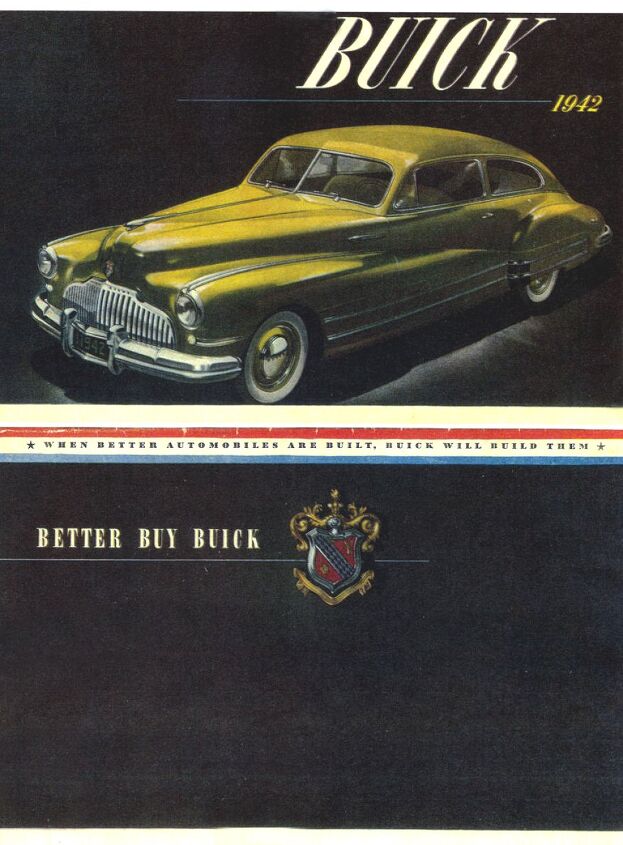


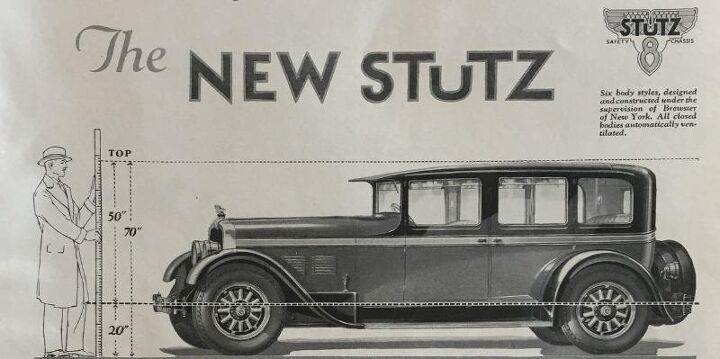
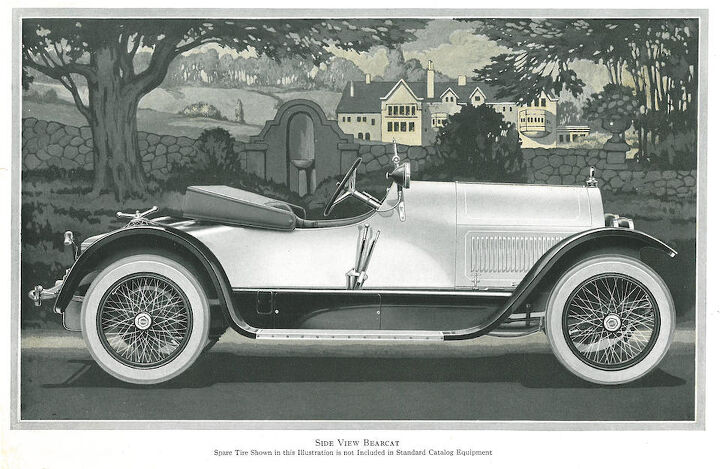
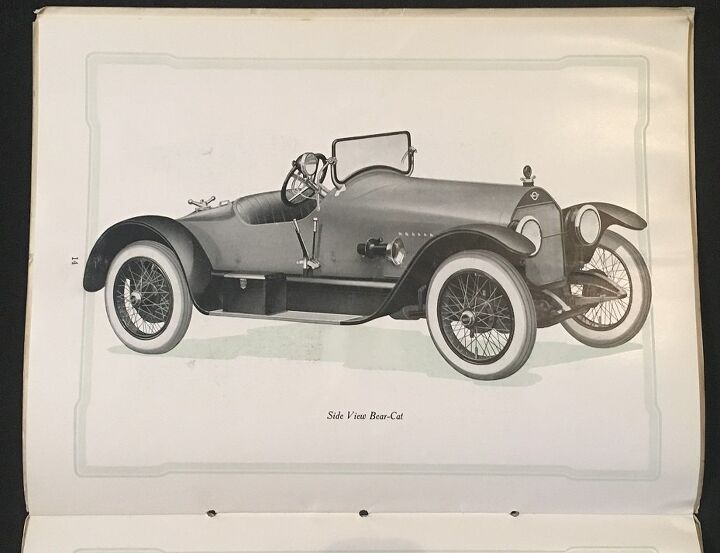
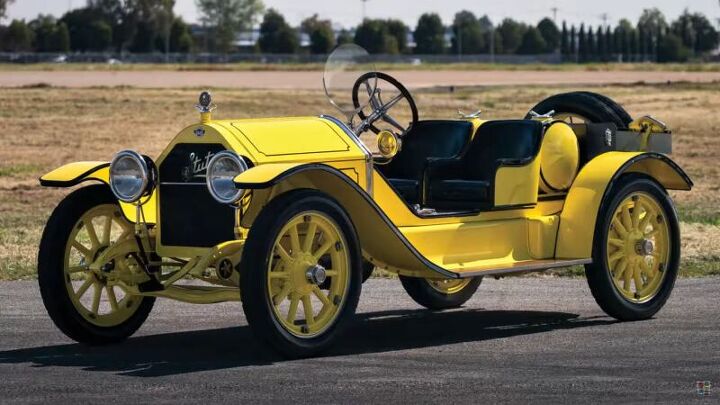
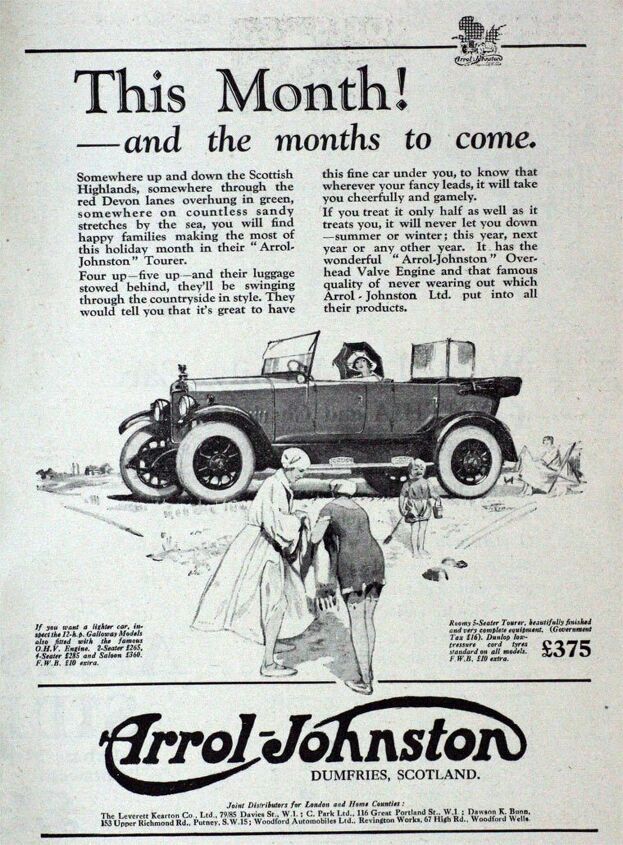

















Recent Comments